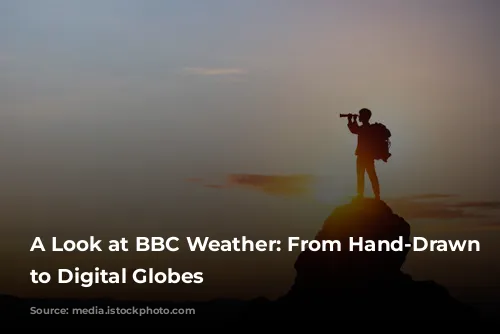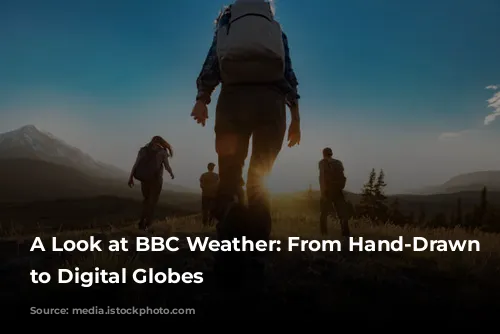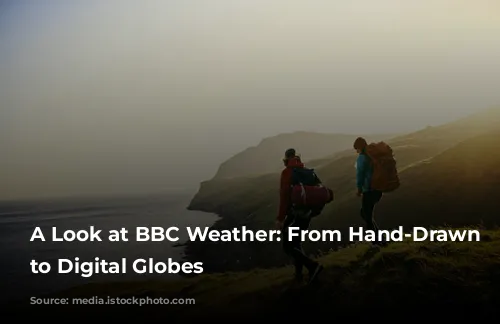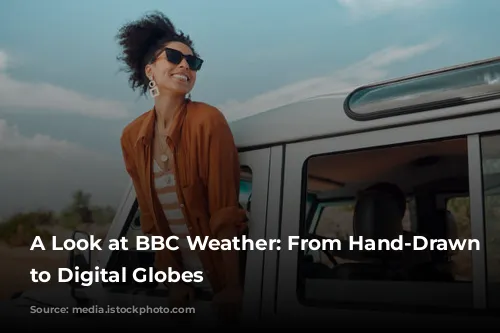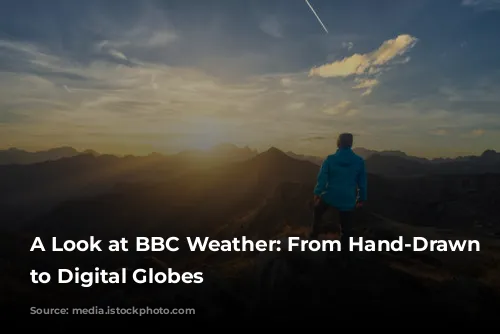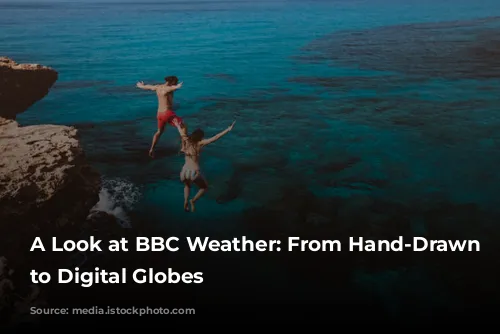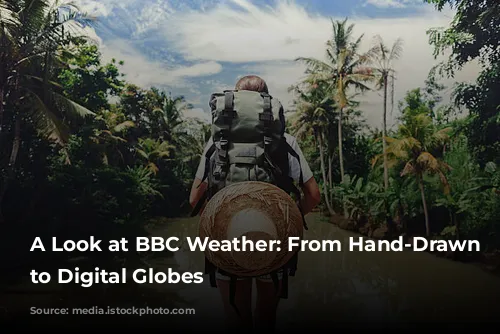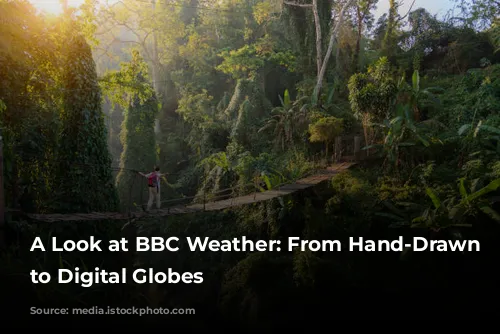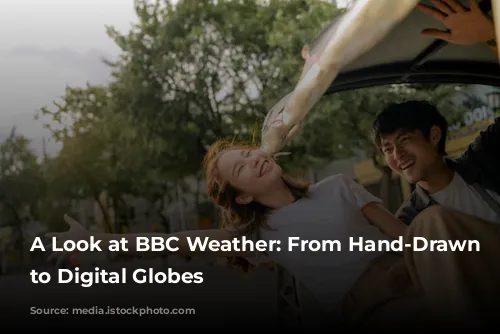BBC Weather, the weather forecasting division of the British Broadcasting Corporation (BBC), has a long and fascinating history, marked by constant innovation and adaptation.
A Century of Weather Forecasting
The first BBC weather forecast, a shipping forecast, was broadcast on the radio in 1922. The following year, the first daily weather forecast aired. It was a long journey from these humble beginnings to the sophisticated forecasts we see today.
The Evolution of Visual Weather Forecasts
The BBC experimented with the world’s first televised weather maps in 1936, followed by the first in-vision weather forecast in 1954. Initially, these maps were hand-drawn and delivered by courier, resulting in forecasts with relatively low accuracy.
The 1960s saw significant advancements with the introduction of fax machines, electronic computers, and satellite photography. While the quality of satellite images was initially poor, the technology provided valuable insights into weather patterns.
From Symbols to 3D Globes
The 1970s witnessed a further boost in forecasting accuracy thanks to increased processing power at the Weather Centre. This advancement paved the way for the development of computer-generated imagery, replacing hand-drawn maps with magnetic symbols and eventually bluescreen technology. These technological leaps allowed presenters more control over the information displayed, leading to more engaging and informative broadcasts.
In 1985, computer graphics were incorporated into forecasts, which were praised for their simplicity and effectiveness. However, the iconic weather symbols remained a familiar fixture, even after the 2000 redesign, which introduced new symbols for pollen and sun levels.
The most famous of the BBC weather forecasters is likely Michael Fish, known for his informal style and eccentric fashion choices. Despite a famous gaffe before the Great Storm of 1987, he remained a viewer favorite.
A Controversial Change: The 3D Globe
In 2005, the BBC Weather underwent a significant transformation with the introduction of a 3D globe, replacing the flat map. This move polarized opinion, with some praising its modern look and perceived accuracy while others criticizing the brown color of the landmass and the alleged high cost of the graphics.
The angled map, designed to show the curvature of the Earth, led to controversy over its representation of different regions. Some viewers complained about the lack of detail in the forecast for weather beyond 36 hours.
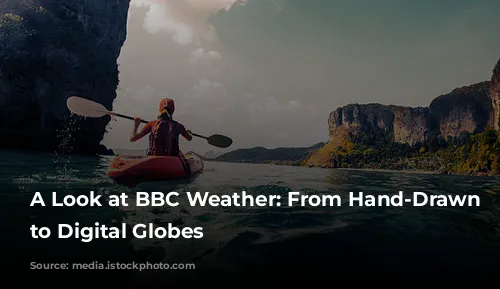
A New Provider and Continued Evolution
In 2018, the BBC Weather shifted from using the Met Office to MeteoGroup as its weather data provider. The change brought with it a range of new features, including a seasonal “window on the weather”, a realistic globe with detailed data, and improved accessibility for users with color-blindness.
While the new features aimed to enhance the user experience, public feedback was largely negative, with many viewers expressing dissatisfaction with the changes.
Despite these criticisms, the BBC Weather website and app continue to evolve, offering a wide range of features, from hourly forecasts to special features on seasonal sports, white Christmas, and meteorological science.
The story of BBC Weather is a testament to the ongoing evolution of weather forecasting and the constant strive for accuracy, innovation, and user-friendliness. It’s a journey that started with a simple radio broadcast and has grown into a sophisticated and engaging platform reaching millions of viewers around the world.
